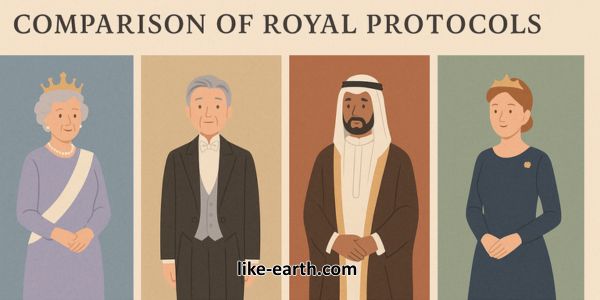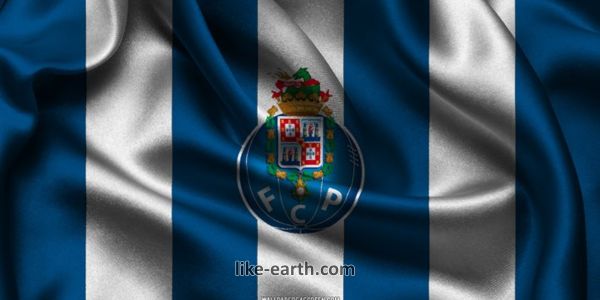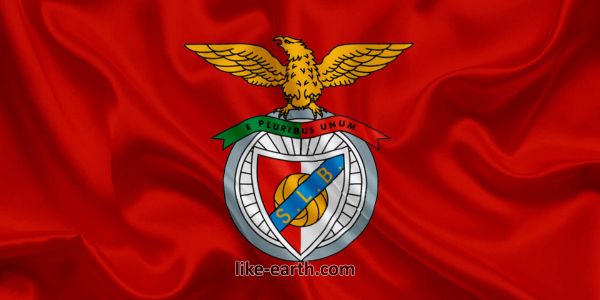Royal Protocol Comparison: A Global Perspective on Monarchical Etiquette

Understanding royal protocol comparison across different nations provides fascinating insights into how monarchies balance tradition, culture, and modernity. From the British royal family to Middle Eastern dynasties, ceremonial customs differ in ways that reflect national identity and historical legacy.
Why Royal Protocols Matter in the Modern World
Royal protocols symbolize more than pageantry. They reflect the nation’s values, reinforce authority, and represent centuries-old traditions. In countries where monarchies still play symbolic or political roles, these practices help bridge heritage with contemporary national identity.
British Royal Protocol: A Model of Consistency
The British monarchy is renowned for its meticulous attention to royal etiquette. Protocols dictate dress codes, seating arrangements, and interactions with royals. For example, the order of precedence governs who bows or curtsies first and where one stands during state events.
These customs are not merely traditional—they’re strategic. Every handshake or hat tilt reflects a message of diplomacy and legacy. The British royal family, especially under Queen Elizabeth II and now King Charles III, has upheld these standards consistently to maintain global reverence.
Japanese Imperial Family: Sacred Traditions and Silence
Japan’s imperial household is the oldest hereditary monarchy in the world. The protocols here are deeply spiritual and rooted in Shinto practices. Emperors are considered divine symbols, and their public appearances follow a solemn, ritualistic tone unlike their Western counterparts.
Unlike the British monarchy, the Japanese royal family rarely makes direct public commentary. Their role is seen as apolitical, and formal events are steeped in spiritual significance, such as the Daijosai—an ancient harvest ritual performed after accession.
Middle Eastern Monarchies: Fusion of Faith and Power
In countries like Saudi Arabia, Jordan, and the UAE, royal protocol blends Islamic traditions with statecraft. These monarchs are often political leaders as well as symbolic figures. Protocols are influenced by Islamic law and social hierarchy, with emphasis on modesty and family honor.
For example, Saudi kings are addressed as “Custodian of the Two Holy Mosques,” reflecting both their religious and royal roles. Audiences are formal, and gender dynamics play a significant role in royal settings.
Scandinavian Monarchies: Informality in Ceremony
Sweden, Norway, and Denmark present a different royal demeanor—less rigid but equally meaningful. Here, protocols focus on relatability and unity. Royals wear traditional garb during state events but are known for mingling with citizens on national holidays.
King Carl XVI Gustaf of Sweden and Queen Margrethe II of Denmark maintain formal appearances during official visits but encourage accessibility. Their approach modernizes monarchy while preserving its ceremonial core.
Similarities Across Monarchies
- Dress codes remain crucial in state events.
- Symbolic gestures like bows, curtsies, and handshakes follow specific rules.
- Hierarchy and seating arrangements maintain structure.
- All monarchies use rituals to affirm legitimacy.
Key Differences in Royal Protocol
The greatest variation lies in public accessibility, religious influence, and ceremonial tone. While British royals engage with media, the Japanese imperial family avoids press altogether. Middle Eastern monarchs may host councils that blend governance with tradition.
These differences highlight the adaptability of monarchy in diverse cultural ecosystems. The protocol becomes a reflection of national values rather than a rigid global standard.
How Modernization Shapes Royal Etiquette
Today’s monarchies must navigate evolving social norms. From accepting diverse marriage choices to leveraging social media, royal protocol must align with changing public expectations without diluting tradition.
Prince William and Princess Catherine’s balance of formality and friendliness showcases this adaptation. Meanwhile, Crown Princess Victoria of Sweden frequently attends events in modest outfits, reflecting environmental values and modern feminism.
Protocol Training: Behind the Scenes
New royal members undergo intense training on everything—from posture to speech delivery. Protocol offices exist within palaces to ensure every event adheres to tradition. Even minor deviations can spark public and media scrutiny.
The Role of Media in Protocol Perception
Public reception is heavily shaped by how media frames royal behavior. A curt nod or informal greeting may be interpreted as disrespect or modern flair depending on the narrative. This dynamic requires royal communication teams to be proactive.
Conclusion: Protocol as a Bridge Between Past and Future
Royal protocols are more than performance; they are the heartbeat of dynastic identity. Each gesture, title, and ceremony reminds the world of a monarchy’s cultural relevance. Whether in Buckingham Palace or the Tokyo Imperial Palace, protocol stands as a powerful tool of soft power and unity.
As monarchies continue to evolve, one truth remains: protocol is not a limitation but a language—one that speaks volumes about honor, heritage, and hope.
For more cultural and historical insights, visit our main platform here. Royal Protocol Comparison
Stay updated with discussions about monarchy by joining our community on this WhatsApp channel. Royal Protocol Comparison



